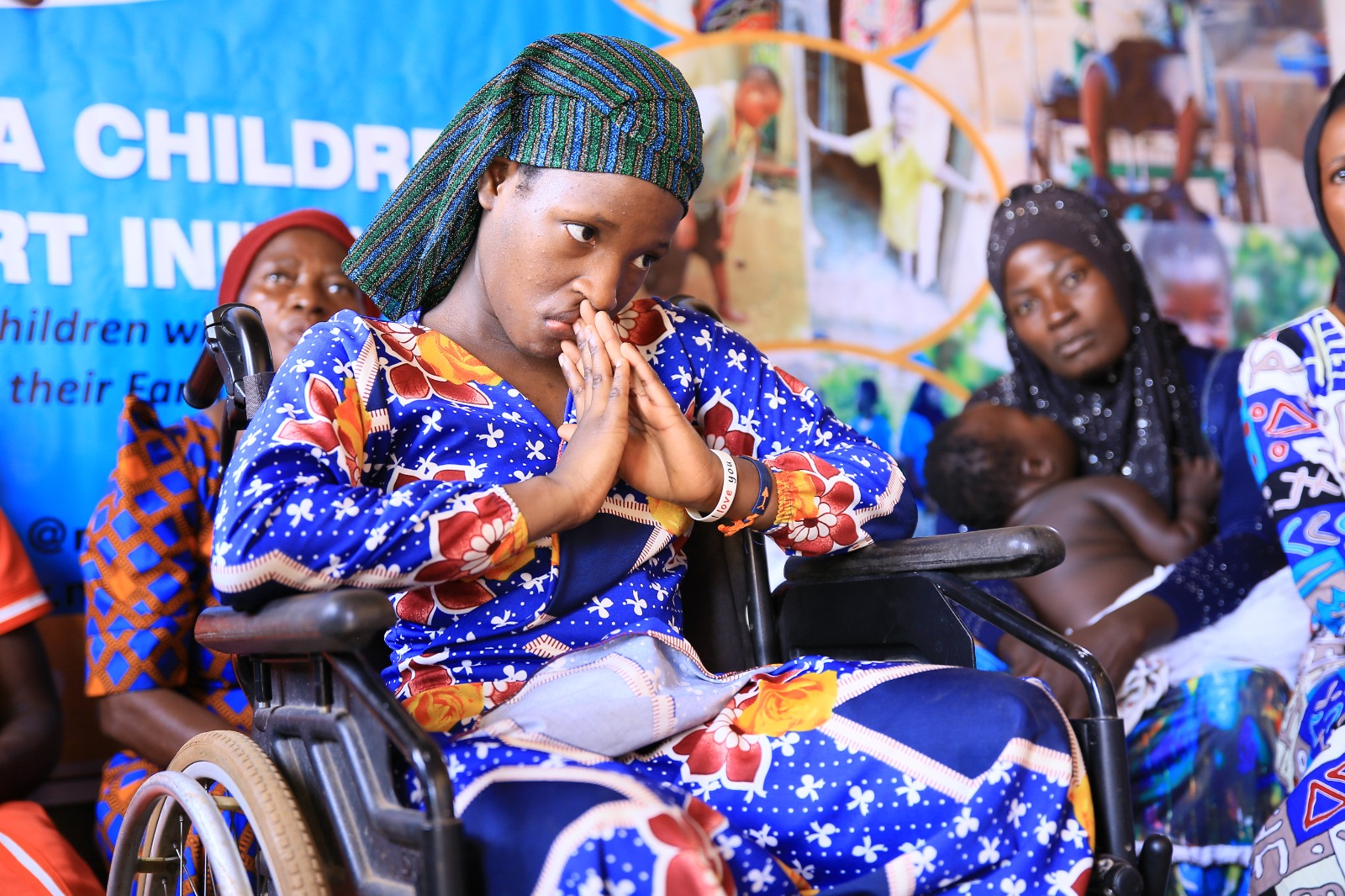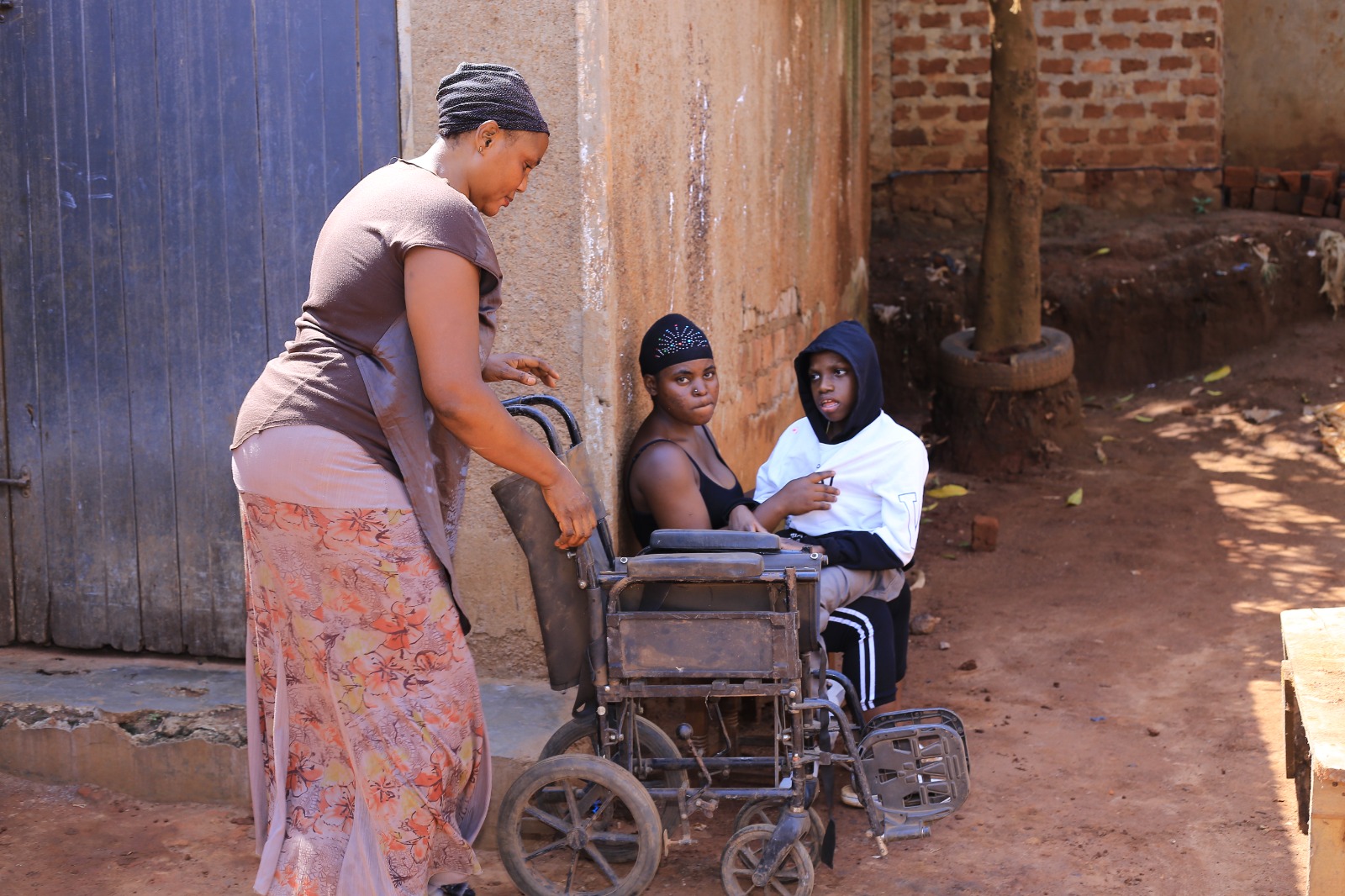
Key points
If you choose appropriate skills to teach to your child, it can motivate your child and make it more likely that your child will successfully learn.
For example, you could consider the following questions when you’re thinking about skills:
The answers to these questions will help you work out which skills to teach your child, and which of the strategies below best suits the skill.
Children with disability can find everyday activities very challenging, so it’s important to focus on teaching only one thing at a time. For example, a child with cerebal palsy might use a lot of physical and mental energy just to sit upright in a chair, so it can be hard for them to do anything else while sitting.
For children with disability, it also helps to reduce distractions and make sure that your child’s environment is set up for them to learn.
This is teaching children how to do something by explaining what to do or how to do it. This strategy works best if you do some planning before you start.
Before you start
As you go
When the task is finished
There are many reasons why children might not follow instructions. They might not understand. They might need more opportunities to practise before they can do what you’re asking them to do. Or they just might not want to do what you’re asking.
Children learn what to do and how to do it by watching you. This is called modelling.
It means you can teach your child many things by showing them what to do. For example, you’re more likely to ‘show’ rather than ‘tell’ your child how to pack toys away, wash up a cup or feed a pet.
You can also use modelling to teach your child how to interact with others – for example, asking a teacher for help, or introducing yourself to another person. And modelling is a great way to teach skills that are hard to explain in words, like body language and tone of voice.
Modelling might also be a good option if your child finds it hard to make eye contact with you. Modelling means your child can watch your actions and behaviour as you show them what to do, rather than your face as you tell them.
Before you start
As you go
When the task is finished
It’s important not to model behaviour that you don’t want to teach – for example, giving up when it’s hard, or raising your voice when you’re angry. You might like to try our ideas for managing stress.
Some tasks or activities are complicated or need to happen in a sequence. For these, you can break the task down into smaller steps, and teach your child one step at a time.
For example, here’s how you might break down getting dressed:
Each of these steps can be broken down into parts as well. For example, you could explain ‘Put on a jumper’ like this:
The idea of step-by-step teaching is to teach one step at a time. When your child has learned the first step, you teach the next step, then the next, and so on. You keep going until your child can do the whole task by themselves. You can use instructions and modelling to help your child learn each step.
A poster showing each of the steps can help too.
Teaching with backwards steps
It’s often a good idea to teach a complicated task like getting dressed by starting with the last step, rather than the first. This is called backwards teaching.
For example, if you want to use backwards teaching for putting on a jumper, you might help your child put the jumper over their head and put their arms in. Then get your child to do the last step – that is, pulling the jumper down.
Once your child can pull the jumper down, get your child to put their arms through and then pull the jumper down. Go on like this until your child has mastered each step of the task and can do the whole thing.
Helping your child complete the steps
You might help your child by gesturing, reminding them of the next step, or helping physically – for example, putting your hands over your child’s hands and guiding them through the movements. You can gradually phase out your help as your child learns the new skill.

Childhood vaccination is one of the most significant medical achievements in human history.
October 2, 2023, 12:16 am

Parenting is a rewarding and challenging journey, and when you have a special needs child
October 2, 2023, 12:23 am

You can teach children with disability new skills by telling, showing, or teaching step by step
March 10, 2023, 10:32 pm

There may not be anyone else with the same constellation of symptoms as your child but there are people with similar challenges
March 10, 2023, 10:49 pm

Autism is a complex and multifaceted neurodevelopmental disorder
October 1, 2023, 11:48 pm
If you are a parent who has children with special needs, fret not because these tips will help you cope with it effectively.
March 10, 2023, 1:06 am
You can later unsubscribe later if you change your mind.